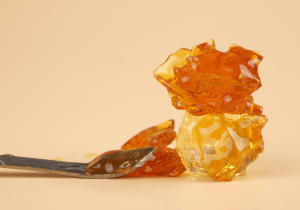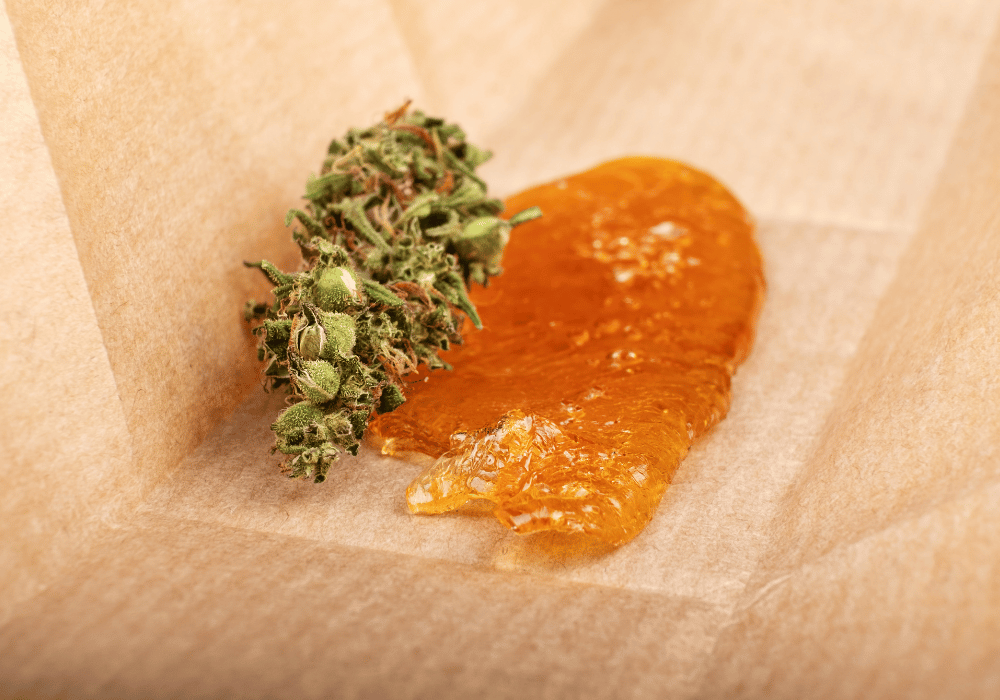Cannabis extracts are a fascinating frontier in the world of cannabis products, offering unparalleled potency, purity, and variety. For both seasoned enthusiasts and curious newcomers, understanding how these concentrated forms of cannabis are crafted adds a deeper appreciation for what they bring to the table. From oils to shatter, the science behind cannabis extracts combines refined techniques, cutting-edge technology, and a clear focus on quality. This blog dives into the intricate processes involved in creating cannabis extracts, breaking down each step and explaining what makes these products stand out in the cannabis world.
What Are Cannabis Extracts?
 Before understanding how they are made, it’s important to grasp what cannabis extracts actually are. Simply put, cannabis extracts are products that isolate and concentrate the active compounds found in the cannabis plant, such as cannabinoids (like THC and CBD) and terpenes.
Before understanding how they are made, it’s important to grasp what cannabis extracts actually are. Simply put, cannabis extracts are products that isolate and concentrate the active compounds found in the cannabis plant, such as cannabinoids (like THC and CBD) and terpenes.
The primary reason to focus on cannabis extraction is to achieve higher potency and purity. While raw cannabis flower is rich in cannabinoids and terpenes, it also contains plant matter that isn’t necessary for consumption. Extracting these compounds allows producers to create potent products like oils, waxes, and edibles with fewer impurities. This makes extracts particularly appealing to medicinal users and those seeking precise control over their cannabis intake.
Additionally, extracts retain the unique terpene profiles of the plant, offering a flavour and aroma experience that’s difficult to achieve with raw flower. Whether you’re after a dab of shatter or a few drops of tincture, the appeal lies in the purity and customization offered by these products.
The Key Extraction Methods
Cannabis extraction involves isolating the desired compounds from the plant material using various scientific techniques. While there are many methods, the two most widely used are solvent-based extraction and solventless extraction. Each has its own benefits and applications.
Solvent-Based Extraction
Solvent-based extraction uses chemicals like butane, ethanol, or carbon dioxide (CO2) to strip cannabinoids and terpenes from the cannabis plant. CO2 extraction, also known as supercritical CO2 extraction, is one of the safest and cleanest methods. It involves using carbon dioxide at high pressure and low temperature to act as a solvent, effectively isolating key compounds. This process results in a pure, high-quality extract free of unwanted residues.
One major advantage of CO2 extraction is its tunability—producers can adjust parameters to target specific cannabinoids or terpenes. This level of precision makes the method a favourite for creating medical-grade cannabis oils.
Hydrocarbon solvents like butane and propane are often used to create popular extracts such as shatter, wax, and budder. These solvents are effective at preserving terpenes, making them great for flavorful dabs. After extraction, the solution undergoes a purging process to remove residual solvents, leaving behind a usable product.
While effective, hydrocarbon extractions require stringent safety protocols to avoid flammability risks. Professional closed-loop systems are typically used to ensure safety and consistency.
Ethanol is another solvent commonly used in cannabis extraction. This method is particularly effective for creating full-spectrum extracts that preserve a wide range of cannabinoids and terpenes. Ethanol extraction is fast and cost-efficient, making it a popular choice for large-scale production.
Solventless Extraction
Unlike solvent-based methods, solventless extraction avoids the use of chemicals altogether, relying instead on mechanical or natural processes.
Dry sifting involves mechanically separating the trichomes—the resin glands on cannabis buds—from the plant material. This is achieved by sifting the plant through fine screens, resulting in kief, a concentrated form of resin crystals. Dry sifting is one of the simplest and most natural methods, but it typically yields smaller quantities compared to other techniques.
Another solventless method involves using ice water to agitate the plant material, causing the trichomes to separate. The resin is then collected and dried, producing bubble hash. This method is highly regarded for preserving terpenes and cannabinoids while maintaining a solvent-free process.
Rosin is a solventless extract made by applying heat and pressure to cannabis flower or hash. The heat liquefies the resin, which is then squeezed out as a golden, sticky substance. Because it doesn’t involve chemicals, rosin pressing is considered one of the purest extraction methods.
The Role of Terpenes in Cannabis Extracts
Terpenes are an integral part of the cannabis experience, contributing to the aroma, flavor, and effects of different strains. These volatile compounds are carefully preserved during extraction to ensure the final product retains the signature traits of the plant.
The preservation of terpenes depends heavily on the extraction method. Solvent-based methods, particularly hydrocarbon extraction, effectively capture a wide range of terpenes. However, care must be taken to avoid exposing terpenes to excessive heat, as this can degrade them. Solventless methods such as rosin pressing and bubble hash are also gentle on terpenes, making them excellent options for retaining the plant’s natural profile.
Terpenes do more than just enhance the sensory experience—they also interact synergistically with cannabinoids in a phenomenon known as the entourage effect. This interaction amplifies the therapeutic potential of cannabis extracts, making terpene preservation a priority in the production process.
Post-Processing and Purification
 After the initial extraction, many products undergo post-processing to refine the extract further. This can involve removing impurities, adjusting consistency, or isolating specific cannabinoids.
After the initial extraction, many products undergo post-processing to refine the extract further. This can involve removing impurities, adjusting consistency, or isolating specific cannabinoids.
Winterization involves freezing the cannabis extract to remove unwanted fats, waxes, and chlorophyll. This step is crucial for creating clean, high-quality extracts, particularly in oils and distillates.
Filtration is another important process that ensures the final product meets safety and quality standards. By removing residual solvents and plant material, filtration produces a polished final product ready for market.
Cannabis distillation takes refinement a step further, isolating individual cannabinoids like THC or CBD. The result is a highly potent product known as distillate, which boasts unmatched purity and concentration. Distillates are often used as the base for edibles, vape cartridges, and tinctures.
Why Quality Matters in Cannabis Extracts
The production of cannabis extracts isn’t just about science—it’s about delivering a safe and enjoyable user experience. This is why quality control is critically important. Reputable producers test their extracts for residual solvents, contaminants, and potency. Testing ensures that the product is safe to consume while also providing accurate labeling for cannabis enthusiasts looking to customize their experience.
High-quality cannabis extracts are the result of cutting-edge equipment and skilled craftsmanship. Whether using a CO2 system or a rosin press, the right tools make all the difference in achieving a superior product.
Whether you’re a fan of flavourful concentrates or potent edibles, cannabis extracts represent some of the most exciting innovations in the cannabis industry. By understanding the extraction methods and science behind the products, you can make more informed choices and develop a greater appreciation for what goes into crafting these potent offerings. From solvent-based techniques to solventless processes, each method has its own strengths, ensuring there’s a cannabis extract out there for everyone. The next time you enjoy your favourite concentrate, you’ll know exactly how it came to be.

